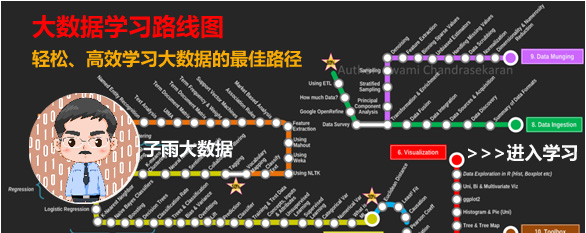【版权声明】博客内容由厦门大学数据库实验室拥有版权,未经允许,请勿转载!版权所有,侵权必究!
[返回Python教程首页]
filter()
filter()也是Python常用的内置函数,用于过滤序列。与map()类似,fiter()也是接收两个参数:一个函数和一个序列,将函数作用在序列的每一个元素上,根据函数返回值True或False,来决定是否舍弃该元素,最终返回一个迭代器,内容是原序列的子序列。例如:
def is_even(x):
return x % 2 == 0
l = filter(is_even,[0,1,2,3,4,5])
print(l)
for var in l: #for循环遍历迭代器l
print(var)
执行结果:
<filter object at 0x7f14037fcc50>
0
2
4
下面我们用匿名函数的形式来使用filter函数。
例1:给定一系列字符串元组,筛选出包含python的所有字符串。
str_tuple = ("hipython","pyth","lovepython","PYTHON","XMU")
result = filter((lambda x:x.find("python")!=-1), str_tuple)
for str in result:
print(str)
输出结果:
hipython
lovepython
例2:给定一系列字符串元组,筛选出长度为5的字符串。
str_list = ["abcde","12345","python","xmu","hello"]
result = filter((lambda x:len(x)==5), str_list)
for str in result:
print(str)
输出结果:
abcde
12345
hello
